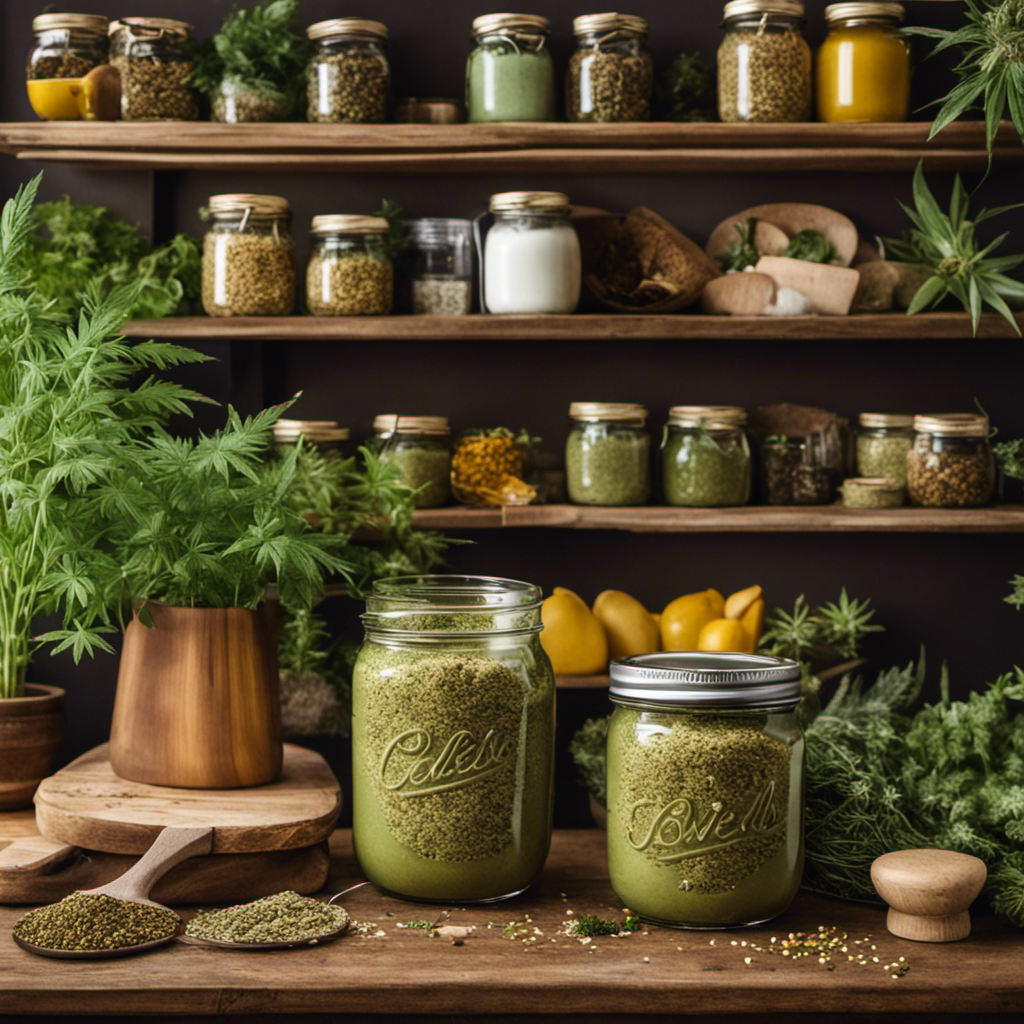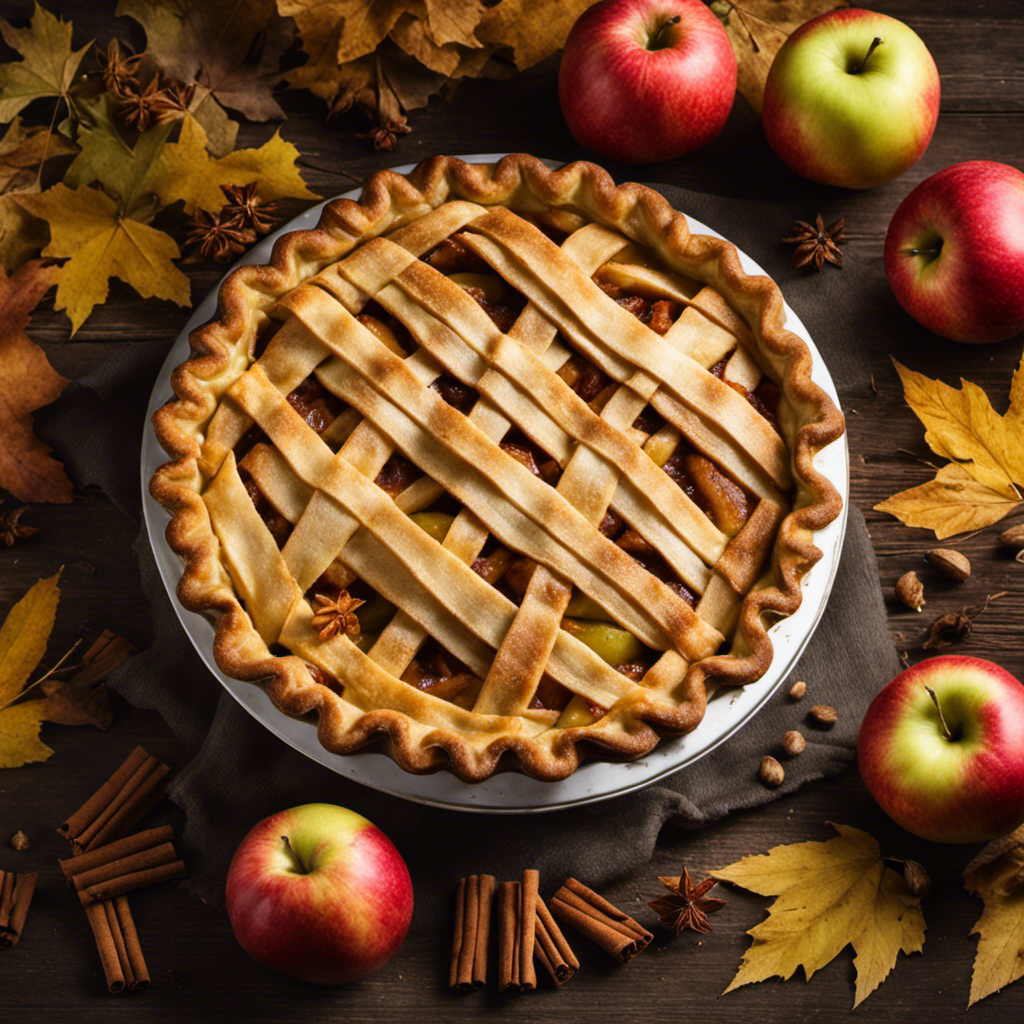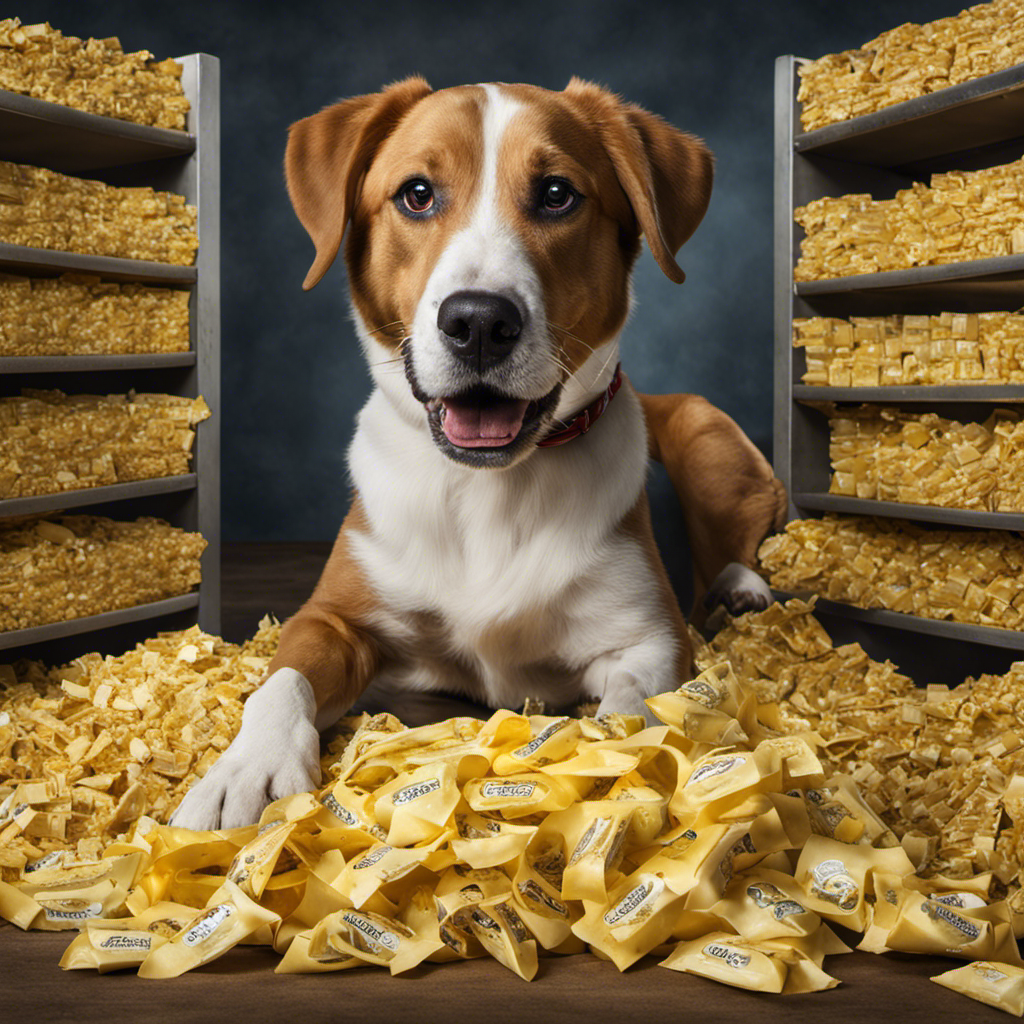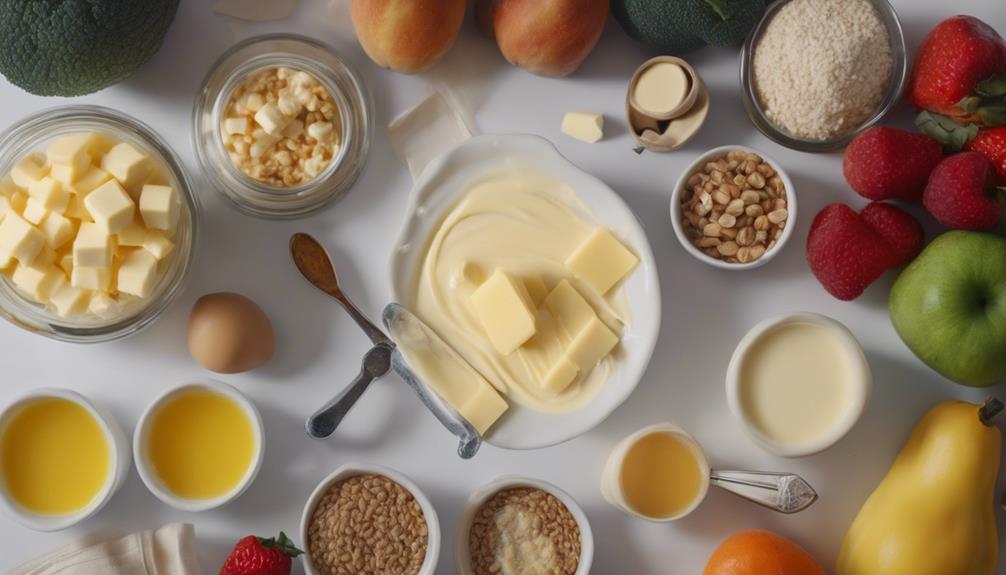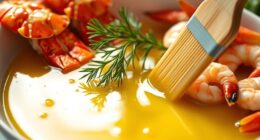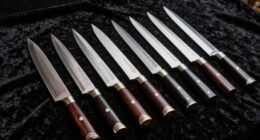I have a small secret that I am eager to share. Have you ever wondered where to find high-quality canna butter? Well, get ready, because I am about to spill the beans.
In this article, I’ll be taking you on a journey through the various avenues where you can find this cannabis-infused delight. From the local dispensaries and online retailers to farmers markets and even specialty culinary shops, we’ll explore all the options that will satisfy your canna butter cravings.
So, get ready to tantalize your taste buds and elevate your culinary creations. Let’s dive in!
Key Takeaways
- Local dispensaries and cannabis stores, online retailers and e-commerce websites, farmers markets and organic food stores, and homemade and DIY recipes are all places where canna butter can be purchased.
- When purchasing canna butter locally, it is important to be aware of local laws and regulations, consider quality and safety, look for dispensaries and stores with quality control and safety protocols, and ensure ingredients are sourced from reputable suppliers and have proper packaging and labeling.
- When purchasing canna butter online, it is important to find reputable online platforms, choose sources that prioritize quality and safety, and consider trusted online cannabis stores such as Weedmaps, Eaze, Leafly, and I Heart Jane.
- Buying from farmers markets and organic food stores offers high-quality canna butter made from fresh and locally sourced organic produce, supports small-scale cannabis farmers and the sustainability of the community, provides knowledgeable staff who can provide valuable information about canna butter, and allows for exploration of different flavors and strengths of cannabis-infused products in a charming and engaging shopping experience.
Local Dispensaries and Cannabis Stores
You can find local dispensaries and cannabis stores near you where you can buy canna butter. When purchasing canna butter locally, it is important to be aware of the local laws and regulations surrounding the sale of cannabis products. Different states and countries have varying regulations, so it is crucial to familiarize yourself with the specific rules in your area.
Additionally, quality and safety considerations should be taken into account when purchasing canna butter locally. Look for dispensaries and stores that prioritize quality control and follow proper safety protocols. Make sure they source their ingredients from reputable suppliers and have proper packaging and labeling. By considering these factors, you can ensure that you are purchasing canna butter from a trusted and reliable local source.
Transitioning to the subsequent section about online retailers and e-commerce websites, let’s explore the convenience and options they offer.
Online Retailers and E-commerce Websites
When it comes to buying cannabis online, it’s important to find trusted online stores that offer high-quality products and reliable service.
As an experienced buyer, I have found that certain e-commerce platforms are better suited for purchasing cannabis products.
In this discussion, I will explore the best e-commerce platforms for purchasing cannabis and highlight some trusted online stores that provide a seamless and secure shopping experience.
Trusted Online Cannabis Stores
There’s a wide selection of trusted online cannabis stores where you can buy canna butter. As an experienced cannabis enthusiast, I have had the pleasure of exploring various top-rated online cannabis shops.
Here are a few options to consider:
-
Weedmaps: This popular platform allows you to discover nearby trusted online cannabis dispensaries and browse their selection of canna butter.
-
Eaze: Known for its reliable and efficient service, Eaze offers a wide range of cannabis products, including high-quality canna butter.
-
Leafly: With a vast database of strains and products, Leafly is a go-to resource for finding trusted online cannabis stores that sell canna butter.
-
I Heart Jane: This user-friendly website offers a seamless shopping experience, connecting you to top-rated online cannabis shops selling premium canna butter.
When purchasing canna butter online, it’s crucial to choose reputable sources that prioritize quality and safety. These trusted online cannabis stores have earned their reputation and are sure to provide you with a satisfying canna butter experience.
Best E-Commerce Platforms
E-commerce platforms offer a convenient way to explore and purchase a variety of products online. As someone who has been selling products on multiple e-commerce platforms for several years, I can confidently say that there are numerous benefits to selling on multiple platforms.
Firstly, it allows you to reach a wider audience and increase your customer base. By diversifying your presence, you can tap into different demographics and target specific market segments.
Secondly, selling on multiple platforms provides a safety net in case one platform experiences technical issues or policy changes.
Lastly, it gives you the opportunity to compare and analyze the performance of different platforms, enabling you to optimize your sales strategies and make data-driven decisions.
To maximize your sales on e-commerce platforms, it is essential to optimize your product listings, use high-quality images, offer competitive prices, and provide excellent customer service. Additionally, leveraging social media and digital marketing tactics can help drive traffic to your listings and generate more sales.
Farmers Markets and Organic Food Stores
You can find canna butter at farmers markets and organic food stores. These are great places to discover high-quality, locally sourced canna butter options. Here are some reasons why I love shopping for canna butter at these places:
- Farmers markets offer a wide variety of fresh and organic produce, making it easier to find canna butter made from locally grown cannabis.
- Organic food stores prioritize healthy and sustainable products, ensuring that the canna butter you buy is free from harmful chemicals and additives.
- Local co-ops often support small-scale cannabis farmers, giving you a chance to directly contribute to your community while enjoying delicious canna butter.
- Health food stores have knowledgeable staff who can guide you in choosing the right canna butter product for your needs, providing valuable information about dosage, strains, and effects.
Homemade and DIY Recipes
If you’re feeling adventurous and want to experiment in the kitchen, homemade and DIY recipes can be a fun and creative way to make your own cannabis-infused spreads and toppings.
When it comes to cannabis-infused recipes, canna butter is a popular ingredient that adds a rich and earthy flavor to your dishes. Making your own homemade canna butter is relatively easy and allows you to have control over the potency and quality of the final product.
There are various recipes available online, but the basic process involves simmering cannabis flower or concentrated oil with butter for a few hours, then straining out the plant material.
If you’re looking for a canna butter substitute, you can try using coconut oil or olive oil, which can also be infused with cannabis using a similar process. Just remember to start with a small amount and test for potency before using in your recipes.
With a little experimentation, you can create delicious and unique cannabis-infused spreads and toppings to elevate your culinary creations.
Cannabis Edibles and Infused Products
Coconut oil and olive oil are viable alternatives for infusing cannabis into your homemade spreads and toppings. These oils not only provide a rich flavor but also help in the absorption of cannabis compounds.
When it comes to cannabis-infused beverages, it’s essential to understand dosage and potency guidelines. Here are some tips to keep in mind:
- Start low and go slow: Begin with a small amount of infused oil and gradually increase the dosage until you find your desired potency.
- Consider the strain: Different cannabis strains have varying levels of THC and CBD, so choose one that suits your preferences.
- Time matters: Allow the cannabis to infuse with the oil for at least an hour to extract the maximum benefits.
- Store properly: Keep your infused oils in a cool, dark place to maintain their potency and freshness.
Now that you know how to infuse cannabis into oils, let’s explore where you can find specialty culinary shops and gourmet grocers for more cannabis-infused products.
Specialty Culinary Shops and Gourmet Grocers
When it comes to finding specialty culinary ingredients and gourmet groceries, there are two options that I highly recommend exploring: online delivery services and local farmer’s markets.
Online delivery options provide convenience and accessibility, allowing you to browse and purchase a wide range of specialty products from the comfort of your own home.
On the other hand, local farmer’s markets offer a unique experience, where you can connect with local farmers and artisans, supporting the community and enjoying the freshest produce and handmade goods.
Whether you prefer the convenience of online shopping or the charm of shopping locally, these two options are sure to enhance your culinary adventures.
Online Delivery Options
You can easily find online delivery options to purchase canna butter. As someone who has explored alternative options for obtaining this product, I can share my knowledge and experience with you.
Here are some key points to consider:
-
Convenience: Online delivery allows you to conveniently order canna butter from the comfort of your own home.
-
Wide selection: Online platforms offer a wide range of canna butter brands and flavors to choose from, catering to different preferences and dietary needs.
-
Legal regulations: It’s important to ensure that the online retailer you choose complies with the legal regulations surrounding the sale and distribution of cannabis-infused products.
-
Customer reviews: Before making a purchase, take the time to read customer reviews and ratings to get an idea of the quality and reliability of the product and service.
Local Farmer’s Markets
After exploring online delivery options for canna butter, I would like to introduce you to another great way to obtain this product: local farmer’s markets.
In my experience, farmer’s markets are an excellent source for farm to table options, including cannabis-infused products such as canna butter. Local farmers and vendors take pride in their products, ensuring that they are fresh and of high quality.
By purchasing canna butter from farmer’s markets, you not only support local businesses but also contribute to the sustainability of your community. These markets often provide a wide variety of cannabis-infused products, allowing you to explore different flavors and strengths.
Frequently Asked Questions
Can I Use Regular Butter Instead of Canna Butter in Recipes?
Yes, you can use regular butter instead of canna butter in recipes. However, keep in mind that you won’t get the same effects. If you want to make canna butter at home, there are many recipes available online.
How Long Does Canna Butter Stay Fresh?
The shelf life of canna butter can vary depending on how it’s stored. To keep it fresh, store it in an airtight container in the fridge or freezer. Proper storage can help extend its shelf life.
Are There Any Health Benefits Associated With Consuming Canna Butter?
There are several medical applications of canna butter, including pain relief and reducing inflammation. However, it’s important to note that consuming too much canna butter can lead to potential side effects such as drowsiness and impaired coordination.
Can I Purchase Canna Butter in Different Flavors?
Yes, you can purchase canna butter in different flavors. Some popular flavors include vanilla, chocolate, and strawberry. It’s a great way to add variety to your recipes and enhance the taste of your dishes.
Are There Any Restrictions or Age Requirements for Purchasing Canna Butter?
There are age restrictions and purchasing restrictions when it comes to buying canna butter. It’s important to be aware of these guidelines to ensure compliance and responsible consumption.
Conclusion
In conclusion, finding canna butter is now easier than ever with the rise of cannabis legalization and the growing interest in cannabis-infused edibles. With numerous local dispensaries, online retailers, and specialty shops, you can easily get your hands on this versatile ingredient.
In fact, did you know that the global market for cannabis-infused products is projected to reach $40.1 billion by 2025? So whether you’re a seasoned cannabis connoisseur or just curious about trying it out, there’s no shortage of options to explore and enjoy the world of canna butter.
